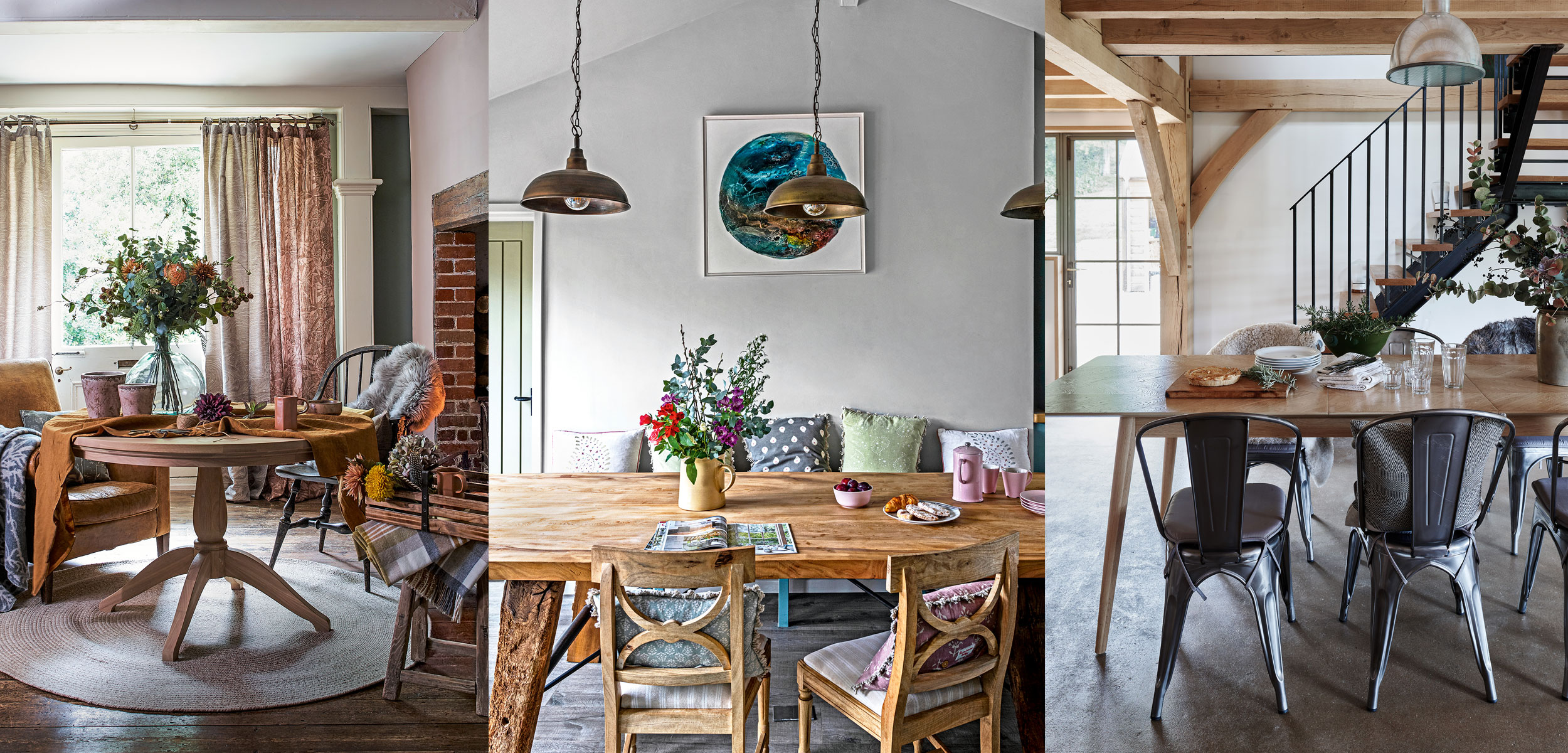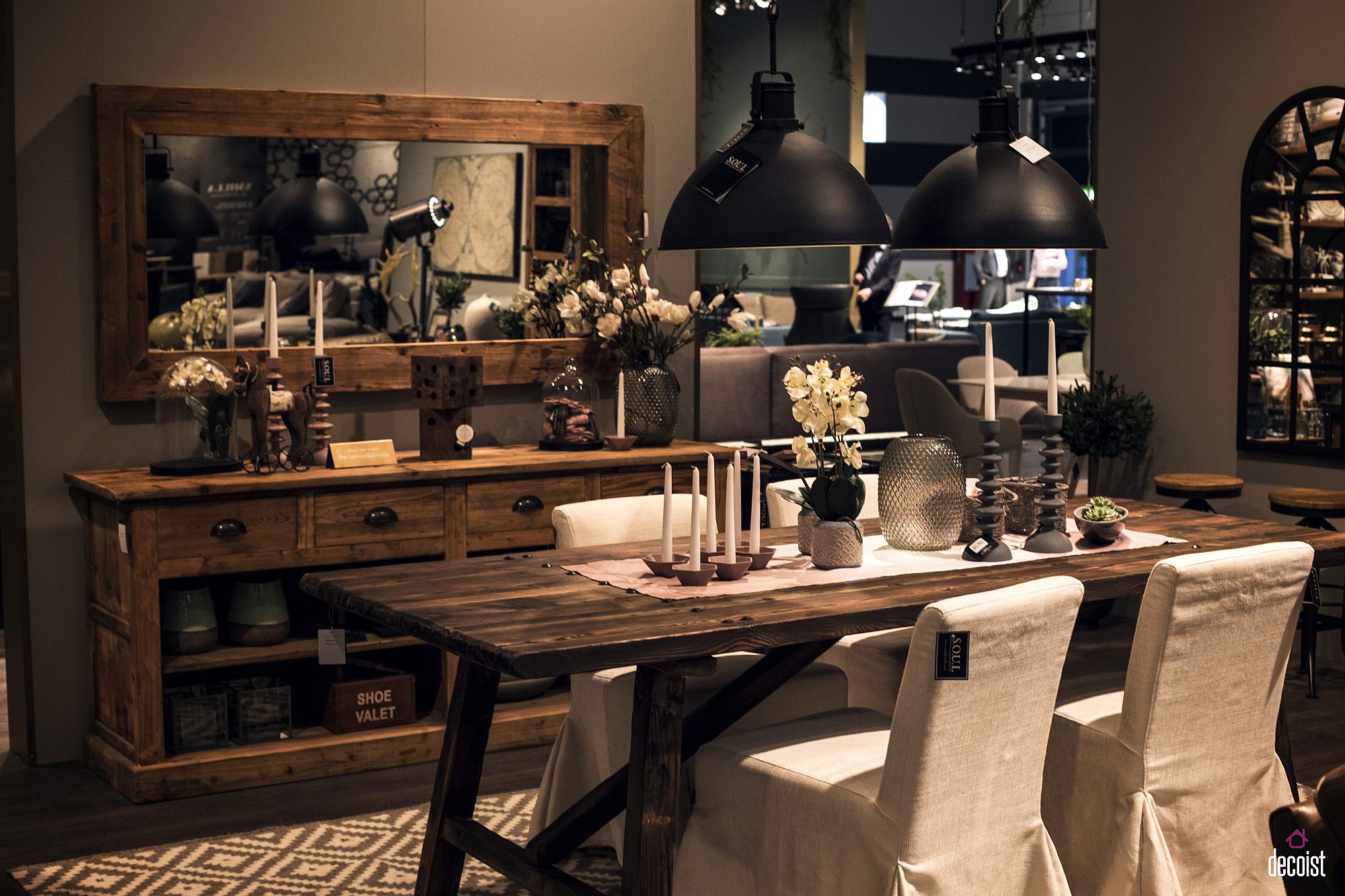Rustic Charm

Rustic dining room cabinets embody a timeless aesthetic that blends warmth, comfort, and a touch of the outdoors. These cabinets are more than just storage solutions; they are statement pieces that evoke a sense of history and craftsmanship.
Defining the Rustic Style
Rustic dining room cabinets are characterized by their use of natural materials, distressed finishes, and handcrafted details. These elements create a sense of authenticity and a connection to nature, making them perfect for homes that embrace a relaxed and welcoming atmosphere.
Materials
- Wood: Rustic cabinets often feature reclaimed or rough-hewn wood, such as oak, pine, or cedar. These woods display natural knots, grains, and variations in color, adding character and depth to the piece.
- Metal: Rustic cabinets may incorporate metal accents, such as iron hardware, wrought iron hinges, or metal legs. These elements add a touch of industrial charm and durability.
- Stone: Some rustic cabinets may feature stone elements, like a countertop or base, adding a touch of earthy elegance.
Finishes
- Distressed: Rustic cabinets often have distressed finishes that highlight the natural beauty of the wood. These finishes may include sanding, chipping, or antiquing techniques, creating a weathered and aged look.
- Stained: Rustic cabinets are often stained in warm, earthy tones, such as brown, gray, or red. These stains enhance the natural wood grain and create a sense of depth and richness.
- Unpainted: Some rustic cabinets are left unpainted, showcasing the natural beauty of the wood. This approach allows the wood’s unique characteristics to shine through.
Design Elements
- Simple Lines: Rustic cabinets often feature simple, clean lines that reflect a traditional aesthetic. This approach allows the natural beauty of the materials to take center stage.
- Handcrafted Details: Rustic cabinets often incorporate handcrafted details, such as hand-carved accents, hammered metal hardware, or woven baskets. These details add a personal touch and showcase the skill of the artisan.
- Open Shelving: Rustic cabinets may feature open shelving, which provides easy access to dishes and decorative items while adding a sense of airiness.
Popular Rustic Cabinet Styles
Rustic dining room cabinets come in various styles, each offering a unique aesthetic and personality.
Farmhouse
Farmhouse cabinets embody a simple, functional aesthetic inspired by rural life. They often feature distressed wood, open shelving, and metal accents, creating a warm and inviting atmosphere.
Country
Country cabinets embrace a cozy and nostalgic aesthetic. They often feature painted finishes, floral patterns, and decorative accents, creating a sense of warmth and charm.
Lodge
Lodge cabinets evoke a sense of rustic elegance inspired by mountain cabins. They often feature dark wood finishes, natural textures, and heavy hardware, creating a rugged and sophisticated atmosphere.
Functionality and Design Considerations: Rustic Dining Room Cabinet

Rustic dining room cabinets are not just decorative pieces; they serve a practical purpose by providing ample storage space for your dining essentials. Choosing the right cabinet involves considering various factors related to functionality and design.
Types of Rustic Dining Room Cabinets
The choice of rustic dining room cabinet often boils down to the desired style and storage needs. The three most common types include:
- Buffets: Buffets are typically shorter and wider than hutches, featuring a flat top surface that can be used for displaying decorative items or serving food. They often have doors and drawers for storing linens, tableware, and other dining essentials.
- Hutches: Hutches are characterized by their two-tiered design, with a lower cabinet section and an upper display area. The upper section often has glass doors for showcasing china, glassware, or other treasured items. The lower cabinet section provides storage space for larger items, such as serving dishes or extra linens.
- Sideboards: Sideboards are similar to buffets in their width and height but often have more intricate detailing and carvings. They may include drawers, shelves, and even a built-in wine rack for storing wine bottles and glasses. Sideboards are typically used for serving food and storing cutlery, napkins, and other dining necessities.
Storage Options and Features
Rustic dining room cabinets offer a variety of storage options to accommodate your dining needs. Some common features include:
- Drawers: Drawers are essential for storing smaller items like silverware, napkins, placemats, and tablecloths. They are often fitted with dividers or organizers to keep things neat and organized.
- Shelves: Shelves provide ample storage space for larger items, such as serving dishes, platters, and bowls. Open shelves can be used for displaying decorative items or frequently used items, while closed shelves offer more discreet storage.
- Doors: Doors protect the contents of the cabinet from dust and dirt, and they also add to the overall aesthetic of the piece. Glass doors allow you to showcase your prized possessions while still keeping them protected.
Practical Considerations
Choosing the right rustic dining room cabinet involves considering practical aspects like:
- Size: The size of the cabinet should be appropriate for the space you have available. Consider the width, depth, and height of the cabinet to ensure it fits comfortably in your dining room.
- Space: The available space in your dining room will determine the type of cabinet you can accommodate. If you have limited space, a buffet or sideboard might be a better choice than a hutch.
- Intended Use: Consider how you plan to use the cabinet. If you need ample storage for serving dishes and linens, a hutch or sideboard with multiple drawers and shelves might be ideal. If you primarily need a surface for displaying decorative items, a buffet might be a better option.
Creating a Rustic Dining Room

A rustic dining room cabinet can be the perfect starting point for creating a warm and inviting space that exudes a sense of natural charm. Its unique character and craftsmanship can serve as a focal point, inspiring the overall design and décor of the room.
Designing Around a Rustic Dining Room Cabinet
A rustic dining room cabinet can be the centerpiece of your design, but it’s essential to integrate it seamlessly into the overall space. Here are some tips for creating a cohesive and stylish dining room:
- Choose a Color Palette: Opt for a color palette that complements the cabinet’s natural wood tones and rustic elements. Earthy hues like warm browns, deep greens, and muted blues create a sense of tranquility and connect the space to nature. Consider using a lighter shade on the walls to create a bright and airy atmosphere, while darker accents can add depth and dimension.
- Select Complementary Furniture: When choosing dining chairs and a table, consider materials that complement the rustic cabinet. Consider solid wood chairs with simple, elegant designs or upholstered chairs with fabrics that evoke a sense of comfort and warmth. Look for chairs with natural textures, such as linen or cotton, and avoid overly formal or modern styles. If you are looking for a table, a solid wood table with a rustic finish will complement the cabinet nicely. You can also choose a table with a more modern design, but ensure that it complements the rustic style of the cabinet. For example, a table with a metal base and a wooden top can be a good option.
- Incorporate Natural Elements: Embrace the rustic theme by incorporating natural elements into the dining room. Consider adding houseplants, such as ferns, succulents, or orchids, to bring life and greenery into the space. You can also incorporate natural materials like stone, wood, or woven baskets into your décor.
- Embrace Imperfections: Embrace the natural imperfections and variations in the wood of your rustic cabinet. These imperfections add character and charm to the piece. You can further enhance the rustic aesthetic by using reclaimed wood for accents or incorporating items with a distressed finish.
Decorating with Lighting, Textiles, and Artwork
The right lighting, textiles, and artwork can enhance the rustic charm of your dining room and create a welcoming atmosphere.
- Lighting: Use warm, inviting lighting to create a cozy and inviting ambiance. Consider using pendant lights over the dining table or a combination of sconces and table lamps to create a layered lighting effect. Opt for fixtures with a rustic or farmhouse-inspired design, such as those with exposed bulbs, metal accents, or natural wood finishes. You can also use candles for a romantic and intimate touch.
- Textiles: Add warmth and texture with textiles such as linen tablecloths, woven placemats, and cozy throws. Choose fabrics with natural textures and colors that complement the rustic theme. Consider using a mix of patterns and textures to create visual interest, but keep the overall look cohesive and balanced.
- Artwork: Select artwork that reflects the rustic theme and complements the overall design of the dining room. Consider using landscapes, wildlife scenes, or abstract pieces with earthy tones. You can also incorporate framed botanical prints or vintage maps to add character and charm.
Creating a Balanced and Inviting Ambiance
A balanced and inviting dining room ambiance is essential for creating a space where you can relax and enjoy meals with family and friends.
- Proportion and Scale: Consider the size and scale of your rustic cabinet in relation to the overall size of the dining room. A large cabinet can be a focal point, while a smaller one can be integrated into a more intimate setting. Ensure that the cabinet doesn’t overwhelm the space, and that it complements the size of the dining table and chairs.
- Focal Point: The rustic cabinet can be the focal point of the dining room, but you can also create other focal points to add visual interest. Consider using a statement rug, a unique chandelier, or a gallery wall of artwork to draw the eye and create a sense of balance.
- Functionality: While aesthetics are important, functionality is key in a dining room. Ensure that your rustic cabinet provides ample storage space for dishes, silverware, and other dining essentials. Consider adding a serving cart or a buffet table to create additional storage and serving space.
- Comfort and Functionality: Consider the comfort of your dining chairs and the functionality of the dining table. Ensure that the chairs are comfortable and supportive, and that the table is large enough to accommodate your family and guests. You can also consider adding a bench or a set of stools to provide additional seating.
A rustic dining room cabinet can add warmth and character to your space. If you’re looking for a cabinet with glass doors to showcase your finest china, consider checking out canadian tire cabinets with glass doors for some budget-friendly options.
The combination of rustic wood and clear glass can create a beautiful and inviting display for your dining room.
A rustic dining room cabinet can be a stunning focal point, and adding a touch of elegance can elevate its charm. Consider incorporating stained glass cabinet inserts to create a captivating visual display. These inserts, with their intricate patterns and vibrant colors, can infuse warmth and personality into the cabinet, transforming it into a true heirloom piece.
